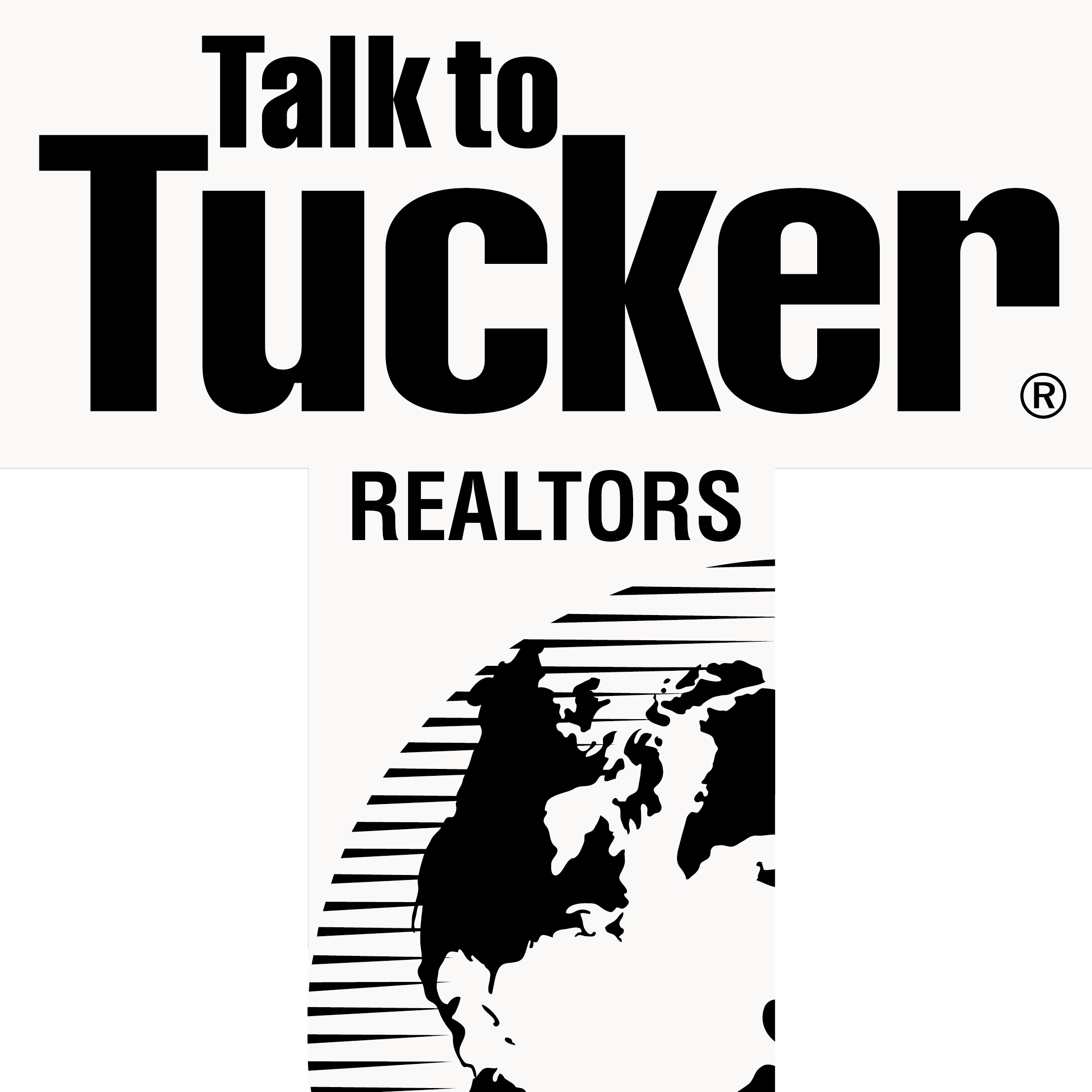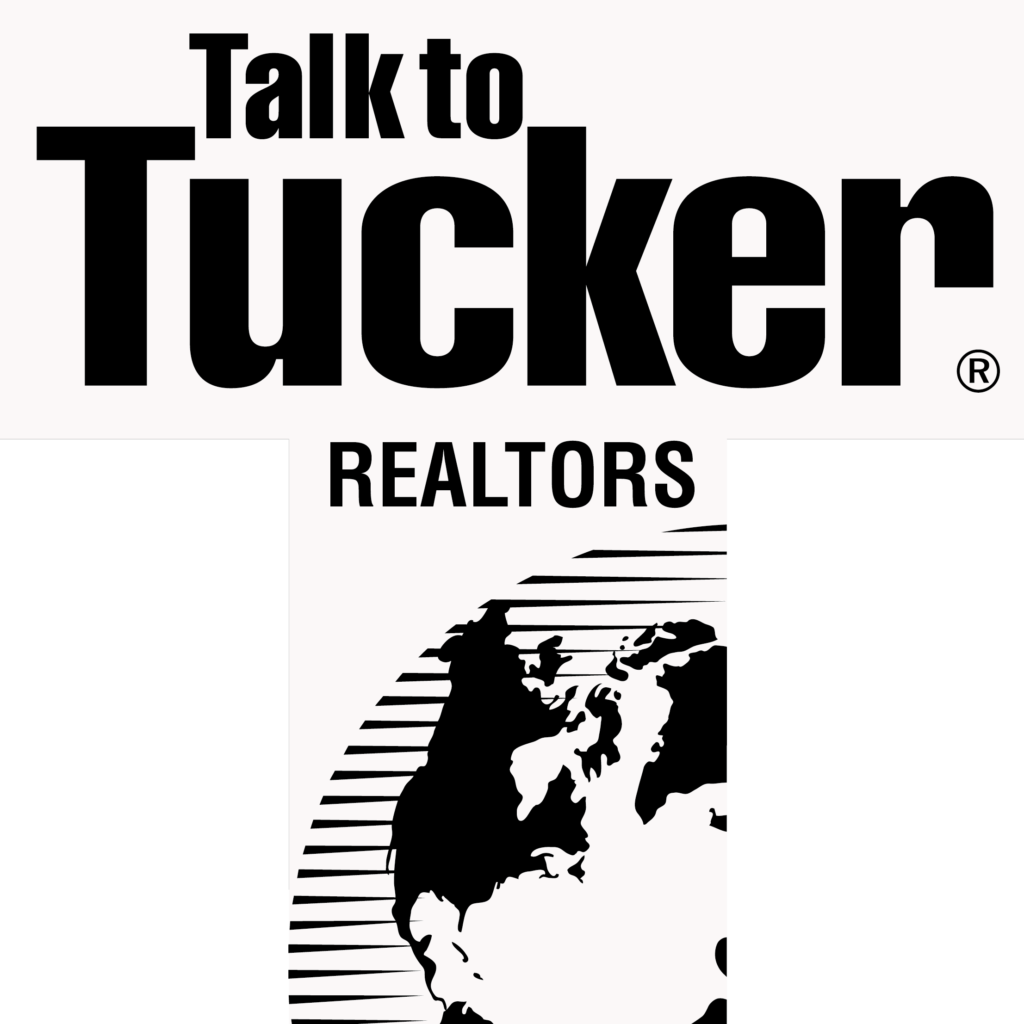
Tenant Improvement (TI) allowances can make or break a commercial lease deal. Whether you’re a tenant customizing a retail buildout or a landlord attracting a long-term tenant, negotiating TI correctly requires more than just asking for a dollar amount—it demands strategy, market knowledge, and foresight.
At Annie Scott Realty Group LLC, I help clients navigate commercial leases with a sharp eye on terms that impact their bottom line—especially TI concessions. Here’s how to approach your next TI negotiation like a seasoned commercial pro.
What Is a TI Allowance?
A Tenant Improvement (TI) allowance is money a landlord agrees to contribute toward buildout or customization of the leased space. It’s typically offered per square foot (e.g., $20/SF) and can cover items like:
- Flooring, lighting, and drywall
- Electrical or plumbing modifications
- HVAC changes or partition walls
- Signage, storefronts, and code compliance
It’s a key way for tenants to reduce their upfront capital costs—and a tool landlords use to stay competitive in leasing.
Step 1: Know the Market Standard
Before starting negotiations, understand what’s typical for your market and space type:
- Retail TI allowances in Indiana often range from $15–$40/SF depending on the center, lease length, and tenant strength.
- Office buildouts can command higher TI packages—sometimes $30–$60/SF, especially for new construction or long-term leases.
- Industrial or flex spaces may have lower TI, often $5–$20/SF, since the space is more open and less customized.
I always benchmark current deals in the submarket to give my clients leverage when asking for higher TI contributions.
Step 2: Tie TI to Lease Terms
TI allowances are not free money. Landlords recoup TI costs through your rent payments over time. The longer the lease, the more room they have to offer generous TI support.
Typical structure:
- 3-year lease → modest TI or none
- 5-year lease → moderate TI, often $10–$25/SF
- 7- to 10-year lease → stronger TI packages, up to $60/SF or more
Pro tip: If you’re asking for a large TI package, be prepared to commit to a longer term—or negotiate a structured repayment if you need flexibility.
Step 3: Define Scope and Control
Once you’ve agreed on a TI amount, the next negotiation is who controls the funds and how they’re used.
Two common models:
- Landlord-Built Improvements: The landlord manages the buildout, pays the contractors, and delivers the space turnkey.
- Tenant-Managed Improvements: You hire the contractor and submit receipts for reimbursement up to the allowance cap.
Important to clarify:
- What counts as reimbursable? (e.g., furniture and signage often excluded)
- What documentation is required for reimbursement?
- Are there time limits to use the TI funds?
- Can unused TI be applied to rent?
I help clients review and revise lease language to make sure their TI funds are protected and accessible.
Step 4: Don’t Forget Timing
TI negotiations aren’t just about money—they’re about construction schedules and move-in timelines.
Confirm:
- When the space will be delivered (and in what condition)
- When construction can begin (permits, access, hours)
- What happens if there are construction delays
- If rent abatement or early access is included
Coordinating possession dates, TI use, and rent start dates avoids costly surprises—especially for retail tenants with seasonal opening goals.
Step 5: Consider the Total Deal Value
TI is just one piece of a much larger negotiation. If a landlord can’t budge on TI, look at other levers:
- Free rent in lieu of TI
- Landlord contributions to signage or equipment
- Reduced rent escalations or CAM caps
- Early access to the space before rent starts
I always take a holistic view of lease economics, weighing upfront costs against long-term cash flow and operational flexibility.
Final Thoughts
Negotiating TI allowances is part financial, part strategic, and 100% about knowing what to ask—and when to ask it. With the right guidance, tenants can secure significant value upfront and set themselves up for a successful lease term.
At Annie Scott Realty Group LLC, I advocate for tenants and owners with the knowledge, experience, and precision it takes to win on the details—especially when it comes to buildout costs and space preparation.
Let’s talk about your commercial lease goals—and how to structure a deal that truly works for you.
Photo Credit: Luxury Presence
Sources:
- NAIOP Office and Retail Lease Structure Trends
- CoStar TI Benchmark Data by Market
- Indiana Broker Lease Transaction Reports
- Local Contractor and Construction Cost Indexes


